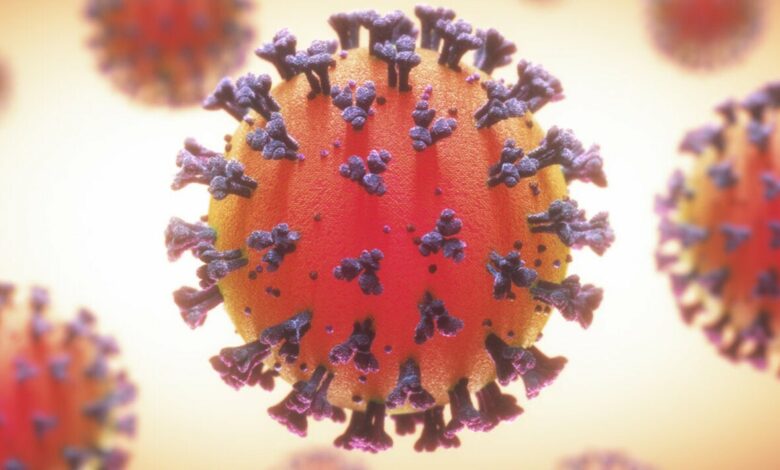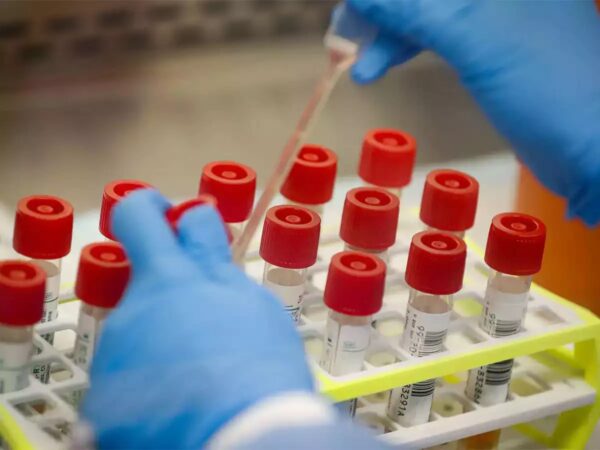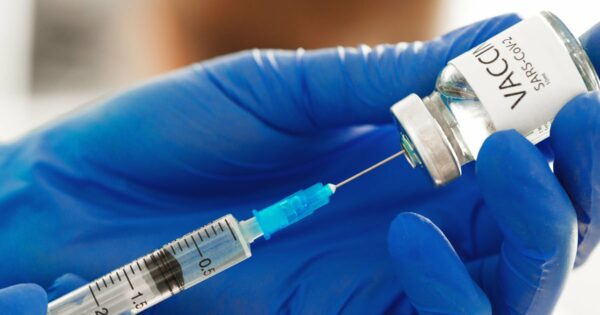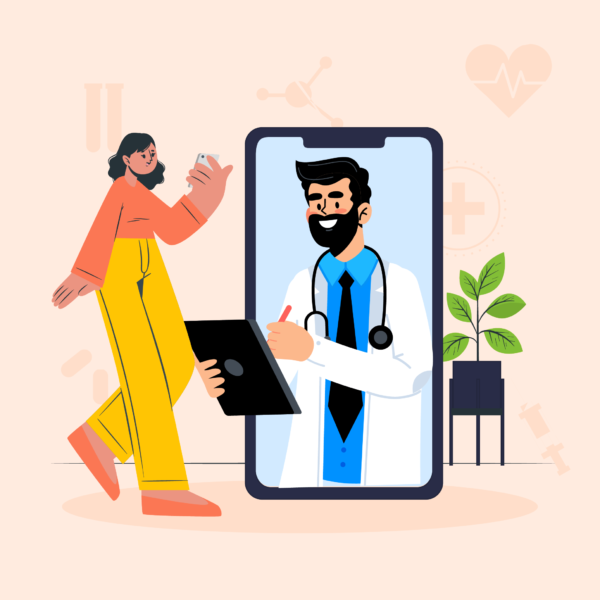COVID-19: flying Super hero of Covid-19

Covid-19 has enforced a new way of work that leads almost every company in an atmosphere of uncertainty to reorganize its work process. The present working approach, in fact, is not working. A new solution is needed for covid-19 and other sectors. In every area, from agriculture, disaster management, monitoring and hospitals, the new era demands digital transformation.
A few days ago at the time of the Civil Aviation Union Minister for Pandemics, Jyotiraditya Scindia opened Sky Medications, which aims to carry medicines using drones to basic health facilities.
Even though India has a well-structured vaccine delivery infrastructure thanks to its universal immunization programme, the COVID-19 immunization push would be a massive undertaking. Despite the fact that India possesses the world’s largest railway and road networks, overcoming logistical problems would necessitate the development of a new, effective means of carrying vaccinations, given the country’s enormous size and the fact that 67 percent of the population lives in rural India. This is where a drone-based delivery system comes in handy. Drones might make vital medications, such as vaccinations, more accessible and faster, especially in rural places.
Drone delivery of medical goods will also aid in improved resource management of limited resources and allow just-in-time delivery in the present supply chain structure.

In the near future, there will be five use cases for drones that will alter and enhance healthcare.
Transportation of blood products and hazardous materials:
Hazardous materials must be transported safely and in accordance with particular hazardous materials (hazmat) standards. This isn’t necessarily a use case that fills an unmet need in the medical sector because it’s currently being done; nonetheless, it’s highly expensive in many circumstances and time-sensitive in others.

Covid-19 Vaccine and drug delivery:
Drones can improve access to life-saving pharmaceuticals and covid-19 vaccinations, as well as the speed with which they are delivered. Wing copter, for example, provided children’s vaccinations in Vanuatu, a Pacific island nation, three years ago. As a test case for future regular delivery, we’ve also supplied insulin off the coast of Ireland. We are currently planning to ship COVID-19 vaccinations to Africa and Southeast Asia. We’re still in the early stages of deploying drones to deliver medical supplies. There’s a lot to learn, a lot to test, and it’ll all come together in the following 18 months.
Diagnostics:
Diagnostics is one of the most common uses for drones. Because certain diagnostic procedures are time and temperature sensitive, a sample from a covid-19 patient must be submitted to the lab and the test must be completed within a certain time frame, which may be as little as 2 hours. This is where the unconnected communities come into play, and where drones have an important and expanding role.
Organ transfers:
Due to the restricted time window for moving organs from donor to patient, which can range from 4 to 36 hours depending on the organ type, ultra-rapid transportation, such as a private jet charter or a helicopter, is essential. The use of drones can make organ delivery faster, safer, and more cost-effective. While the use of drones to transport organs is a reasonable use case, it may take another year or two before it is feasible. Companies are already doing this, but they are largely in the testing phase.

Transportation of tiny medical devices:
Drones may also be used to transport small medical items such as automated external defibrillators (AEDs). Some firms have inquired if our drone can transport AEDs or other minor medical devices from the hospital or emergency medical services to an accident or catastrophe scene. The answer is yes; unfortunately, aviation officials will not let this at this moment, but it will undoubtedly happen in the future.
A drone carried 12 kg of medicines and 20 vials of vaccines to a primary health center in Telangana’s Vikarabad district in five minutes on September 11, according to reports. marking the start of a paradigm change in health delivery. It was the first time a public service drone flew beyond visual line of sight (BVLoS) to carry medications over a distance of 500 metres.
The Telangana government has launched a first-of-its-kind project in collaboration with the World Economic Forum, NITI Aayog, and the Apollo Hospitals group’s Health Net Global. K.T. Rama Rao, Telangana’s major industries and information technology minister, says, “We have a well-established emerging technology corridor with a distinct strategy for drones in place.” “Telangana has traditionally served as a test ground for new ideas that can be scaled across the country.”
Drones in the Medicine from the Sky project can carry 16 kg and travel up to 40 kilometres. Each drone-carrying box is capable of transporting 1,000 to 2,000 vaccination vials. Capabilities differ. “With today’s drones, a helicopter can help with immunization in distant regions by delivering about 2,000 to 5,000 doses of vaccines at two to eight degrees Celsius in one trip across a straight-line distance of 20 to 40 kilometres,” according to the company, says Prem Kumar Vislawath, founder of Marut Dronetech.
Drugs, vaccines and life-saving blood to fight against covid-19 may readily be transferred on-site, trafficking and other barriers removed.
Smart inventory management and overcoming stock out difficulties can assist in easing the existing strain and effectively dealing with the situation. In reality, several African countries use drones to distribute immunizations. In India, as well, drones have been used in emergency circumstances. “With today’s drones, a helicopter can aid with immunisation in remote areas by delivering about 100 vaccines every hour. To tackle life-threatening diseases, it’s important to think outside the box and build a rapid drone delivery system for vaccines and emergency drugs. 2,000 to 5,000 vaccine doses in one flight across a straight-line distance of 20 to 40 kilometres at two to eight degrees Celsius,”
In the same way that emergency vaccination was authorized, emergency drone deliveries may be permitted in the health-care industry. In addition, policymakers must recognize that drones are swiftly changing the healthcare environment by allowing for quicker delivery of crucial life-saving medications.
The government also supported a manufacturing incentive scheme for drones and drones (PLI).
In the next three years with the Liberalized Drone Regulation released last month, the Aviation Ministry expects that Rs 5,000 crore manufacturing would generate more than 10,000 direct jobs over the next three years.
In FY 2023-24 the Department is planning to raise the annual sale of drones in 2020-21 from Rs 60 to Rs 900.
Edited by Sanjana Simlai.




